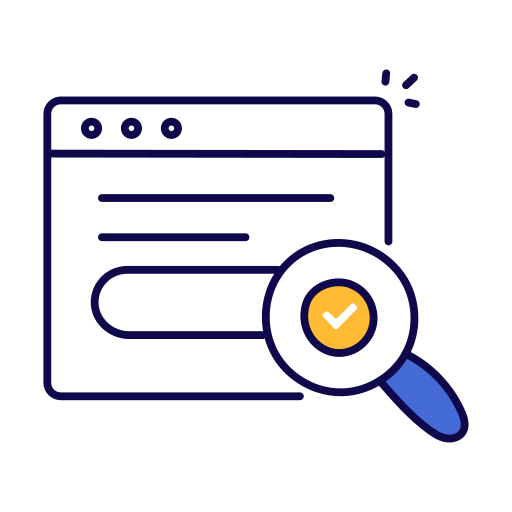What Is Xanax Used For?
Essential Highlights
- Xanax is primarily prescribed for the treatment of anxiety and panic disorders.
- It belongs to a class of medications known as benzodiazepines.
- Xanax functions by enhancing the effects of a natural chemical in the body called GABA.
- It’s important to use Xanax strictly under medical supervision to avoid dependence and misuse.
- Xanax has side effects ranging from drowsiness to severe allergic reactions.
Table of Contents
- What is Xanax?
- How Does Xanax Work?
- What Conditions are Treated with Xanax?
- Dosage and Administration
- Potential Side Effects of Xanax
- Precautions and Warnings
- Frequently Asked Questions
What Is Xanax?
Xanax is a benzodiazepine: a class of medications that act as central nervous system depressants. It is commonly prescribed for mental health conditions such as anxiety and panic disorders. Chemically, it is known as Alprazolam.
- Brand Name: Xanax
- Generic Name: Alprazolam
- Available Forms: Tablets and extended-release tablets
How Does Xanax Work?
Xanax works by enhancing the effects of GABA: a naturally occurring chemical in the brain that inhibits neuronal activity, leading to a calming effect.
- Mechanism of Action: Binds to GABA receptors
- User Experience: Reduces anxiety and induces relaxation
What Conditions are Treated with Xanax?
Xanax is primarily used to treat the following conditions:
- Generalized Anxiety Disorder (GAD):
- Symptoms: Excessive worry, restlessness, and fatigue
- Panic Disorders:
- Symptoms: Recurrent, unexpected panic attacks
- Social Anxiety Disorder (SAD):
- Symptoms: Intense fear of social situations
Dosage and Administration
Dosage must be tailored to the individual’s medical condition and response to treatment.
- Initial Dosage for Anxiety: 0.25 to 0.5 mg taken three times daily
- Initial Dosage for Panic Disorder: 0.5 mg taken three times daily
- Administration Tips:
- Take as prescribed
- Avoid alcohol
- Follow a tapering schedule when discontinuing
Potential Side Effects of Xanax
Xanax can cause a range of side effects, which can vary from mild to severe:
- Common Side Effects:
- Drowsiness
- Dizziness
- Dry mouth
- Serious Side Effects:
- Severe allergic reactions
- Depression
- Dependence and withdrawal symptoms
Precautions and Warnings
It is crucial to adhere to medical advice when using Xanax.
- Warnings:
- Risk of dependence and addiction
- Avoid operation of heavy machinery
- Precautions:
- Inform your doctor of any other medications you are taking
- Avoid grapefruit and grapefruit juice
Frequently Asked Questions
Q1: What should I do if I miss a dose of Xanax?
– If you miss a dose, take it as soon as you remember unless it’s close to the time of your next dose. Do not double up on doses.
Q2: Can Xanax cause dependence?
– Yes, long-term use or abuse of Xanax can lead to dependence and addiction.
Q3: Is it safe to drive while taking Xanax?
– No, Xanax can impair your ability to drive or operate machinery.
Q4: Can I drink alcohol while on Xanax?
– No, combining Xanax with alcohol can increase the sedative effects and be dangerous.
Q5: How long does it take for Xanax to work?
– Xanax typically starts working within one hour, with peak effects occurring within 1-2 hours.
Q6: Can Xanax be used for sleep disorders?
– While Xanax can induce sleep due to its sedative effects, it’s not typically prescribed for treating sleep disorders.
For more detailed information on Xanax, consider visiting the following links:
– What Is Xanax
– Used For
– Authority Blog
– FDA Drug Information

Leave a Reply